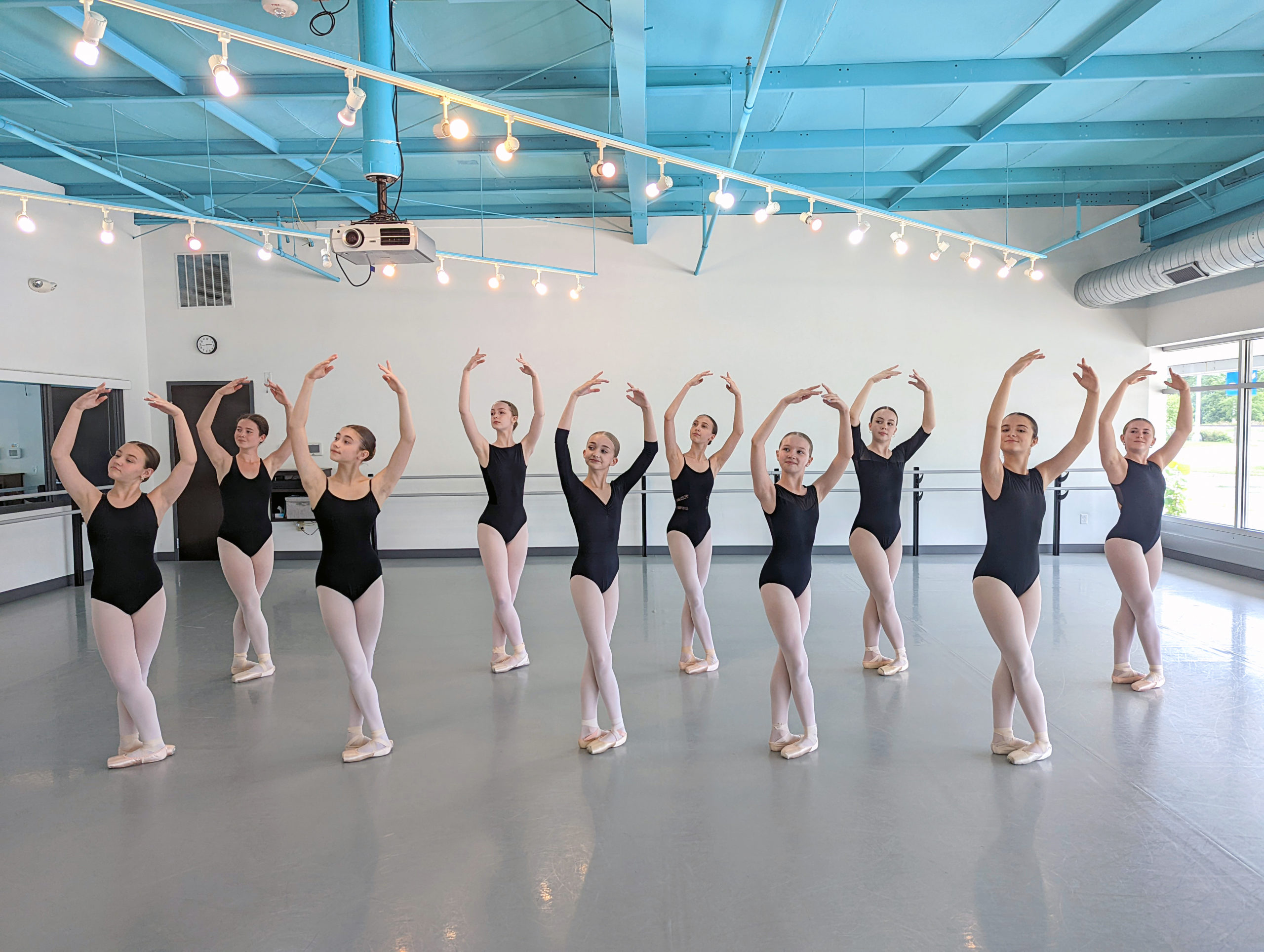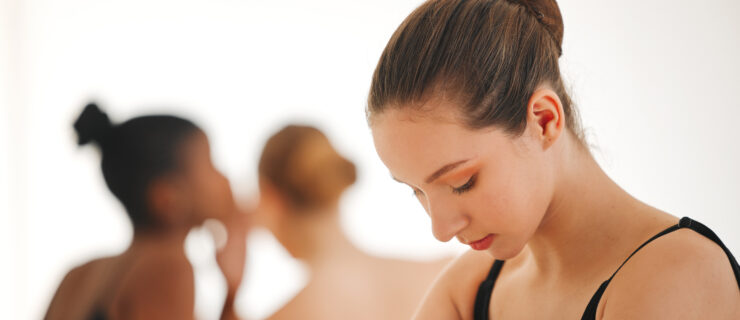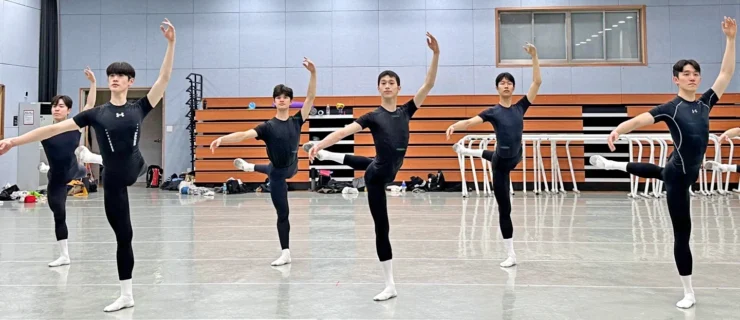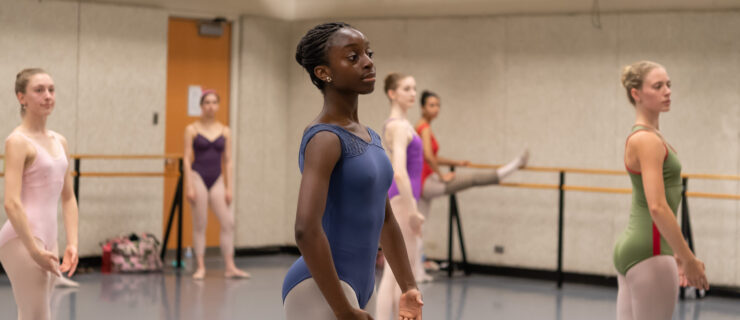How to Deal With Placement Class Jitters at a New Studio
As summer intensives wind down, excitement about the new school year starts building. But that anticipation can come with worry, particularly if you’re entering a new studio and need to take a placement class. Many may wonder, “What level will I be put in?”
A placement class can be anxiety-inducing. Even if you put in weeks of hard work at a summer program, you likely took some downtime afterwards—which was necessary for your body and mind to rest and recharge. Still, you might be concerned about getting placed in a lower level than you think you deserve. Here are some practical ways to prepare for a placement class so you’ll best demonstrate your ability and potential—and have fun at the same time.
Before Your Placement Class
Stay active: “For dancers who want to become professional, learning how to give your body a break without losing everything is part of the discipline,” says Aydmara Cabrera, director of Princeton Ballet School. While your studio is on break, she advises, dedicate some time to your body with activities like basic conditioning, floor barre and swimming—especially if you’re in an advanced level. “You can combine responsibility with fun!” she adds. Giving yourself barre outside, putting pointe shoes on for a few minutes a day, and doing some easy jogging or jumping jacks to keep your joints ready for impact are all great ideas too.
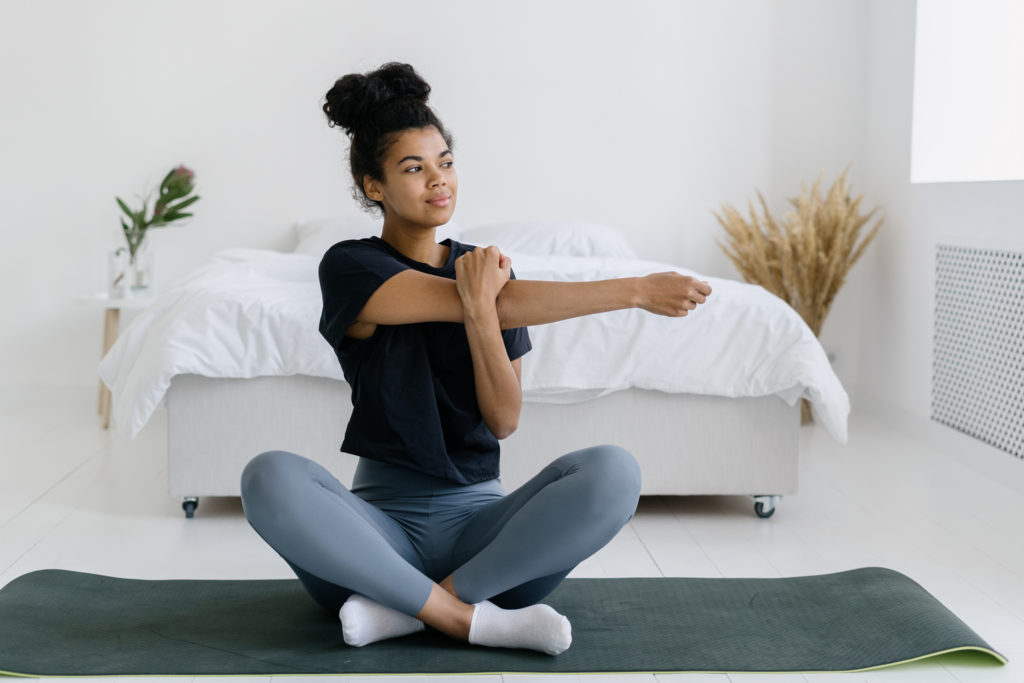
Ground yourself in routine: Maintain as much normalcy in your pre-class routine as possible, whether that’s stretching at home beforehand or doing some ab work when you get to the studio. “Given that you may be taking class in a new set of circumstances—new floor, new teacher, new types of combinations—you want to keep as much else constant as possible,” says Alexandra Dickson, co-owner of Lynch Dance Institute in Poway, California. “That gives you security in knowing you’ve done something to be physically prepared.”
Flip your mindset: Try approaching your placement class as less of a test and more of an opportunity, says Cabrera, since anxiety will affect your performance. “Focus on yourself and what you can take home with you from this class. Revert your mindset to concentrate on the corrections and what positive things you can get out of the experience,” she says. “Regardless of what the person at the front of the room thinks or their opinion on your placement, it’s exciting to go somewhere new and take a ballet class!”
In the Studio
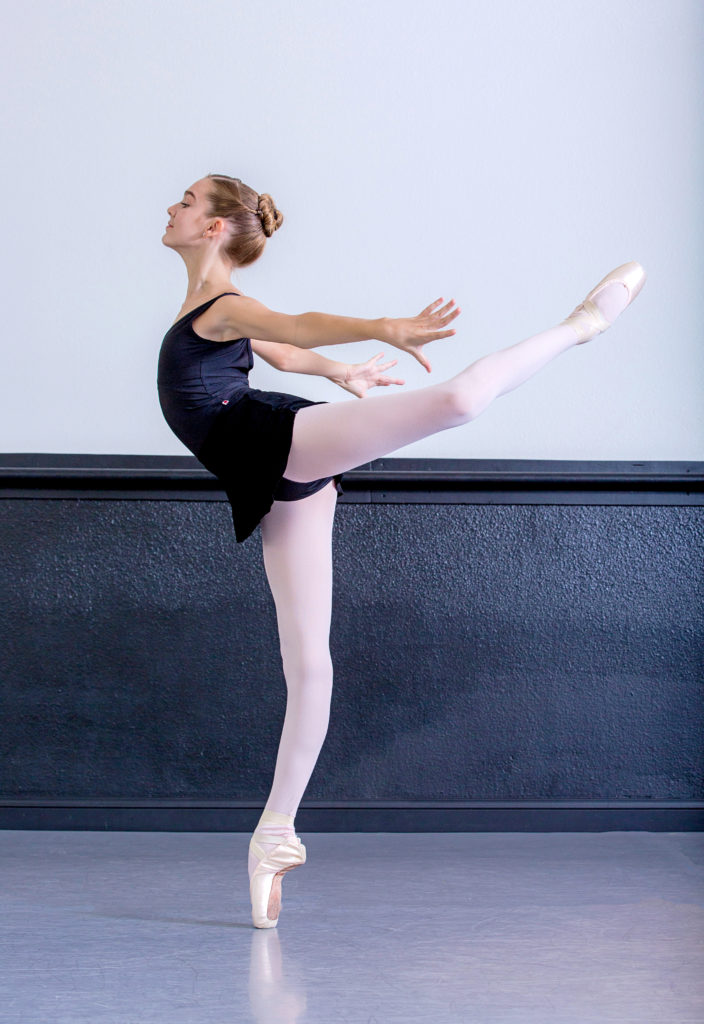
Reduce the unknowns: The more you know about what to expect, the more assured you’ll feel. If information isn’t given, ask lots of questions both beforehand (“What leotard color should I wear?” “Will class be on pointe?”) and once you arrive (“Where should I stand at barre?”). Leslie Nolte, director of Nolte Academy in Coralville, Iowa, recommends asking a current student some basics about class. “If you don’t know anybody, introduce yourself to someone and ask how class goes—is there a break between barre and center when you could use the bathroom if needed? Where should you put your bag and water bottle? And use your eyes—follow what others are doing.”
Be vigilant about class etiquette: The basics of class etiquette always apply, but to show your best self, be extra-mindful about your actions. It’s about striking a balance between being assertive and being respectful to the other dancers and the teacher, Cabrera says. “When people are marking, keep space around them. Get a sense of the flow of traffic and respect it. Generosity is important, and it shows in things like how you walk into your group for center combinations.”
Dance the combinations accurately: You want to show your skill set, but changing a combination that feels too basic can backfire. “Altering a combination shows you are not focused enough, have an attention issue, weren’t able to learn it correctly, or are not a team player,” says Cabrera.
Be proactive about corrections: “Doing the correction, in the moment, keeps the teacher’s attention on you,” says Nolte. Even if it’s for another dancer, physically working on a correction or instruction shows you’re truly listening, are invested in learning, and have the ability to process new information, all of which are reasons to be placed in a more advanced level.
Keep in Mind
- Demonstrating your eagerness to improve shows you have the maturity needed for advanced training and increases your chances of a higher placement. “Any teacher recognizes potential for growth,” says Dickson. “Show you have a growth mindset and want to learn.” Nolte suggests asking the teacher for feedback upon leaving. This can be in the form of an email or leaving a phone number at the front desk. “That lets them know that you’re open to correction and are willing to work,” she says.
- A disappointing class-level assignment doesn’t mean you did anything wrong or don’t have talent, says Nolte. “Please don’t throw away all your good work if you see your level is the same as it was before,” she says. “There are so many factors around placement that make us decide to put you in a certain level. We recognize your work. You can’t work on technique and improvements if you’re so focused on being mad. So come into class and grow against yourself.”
